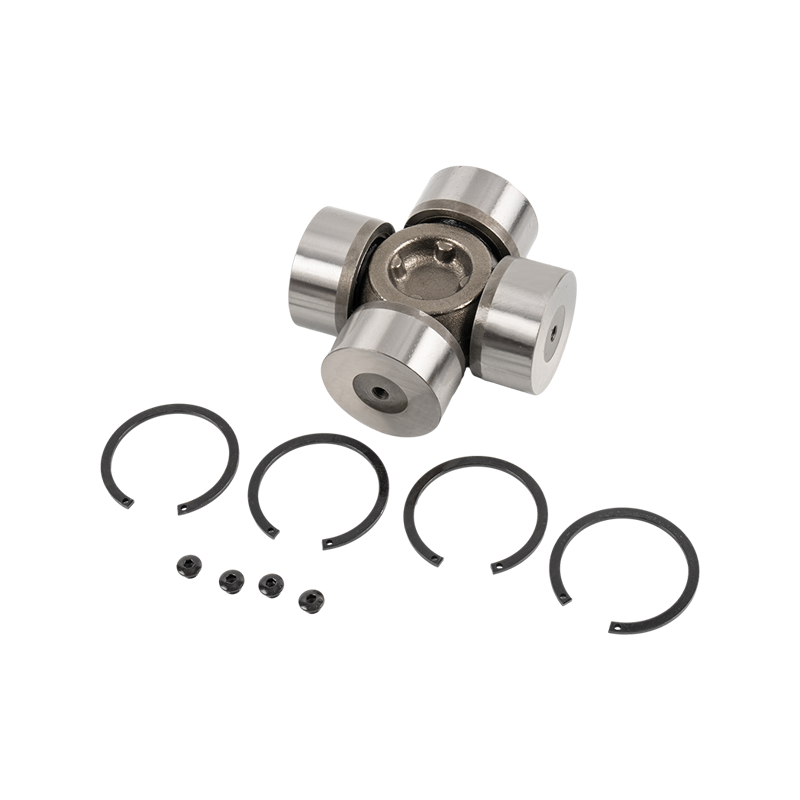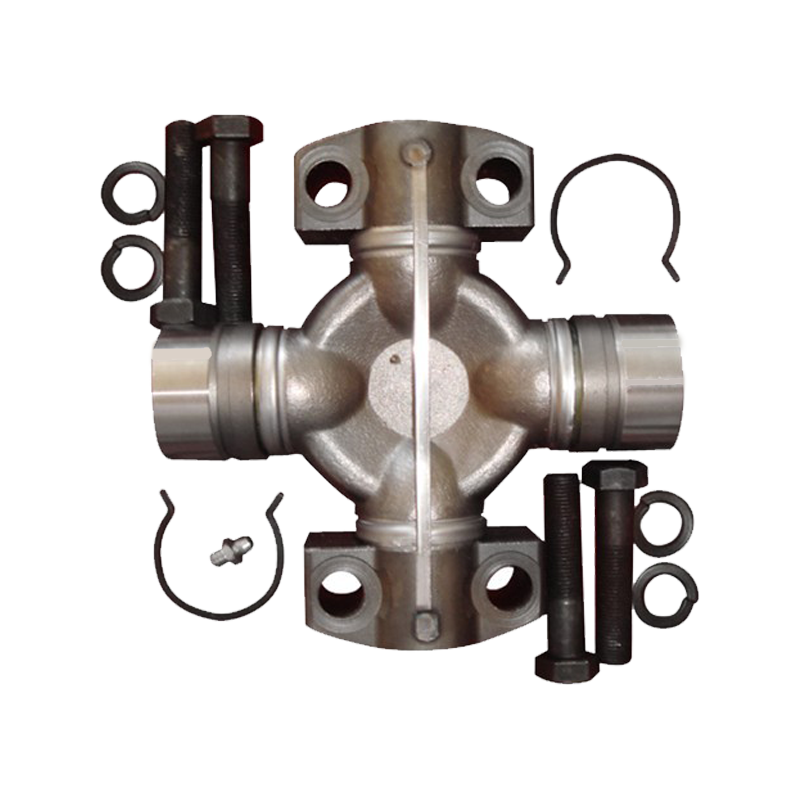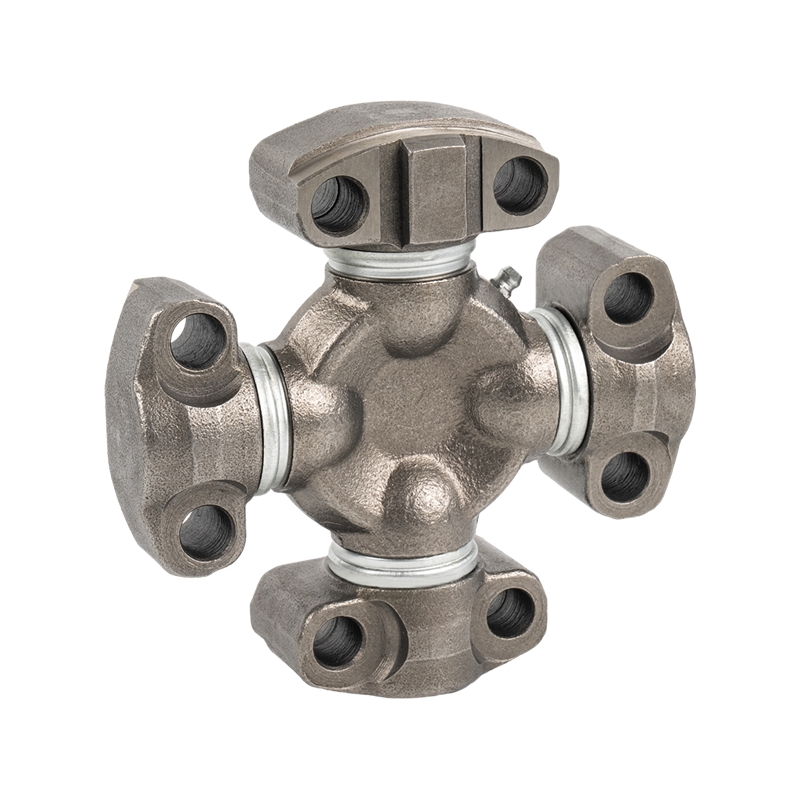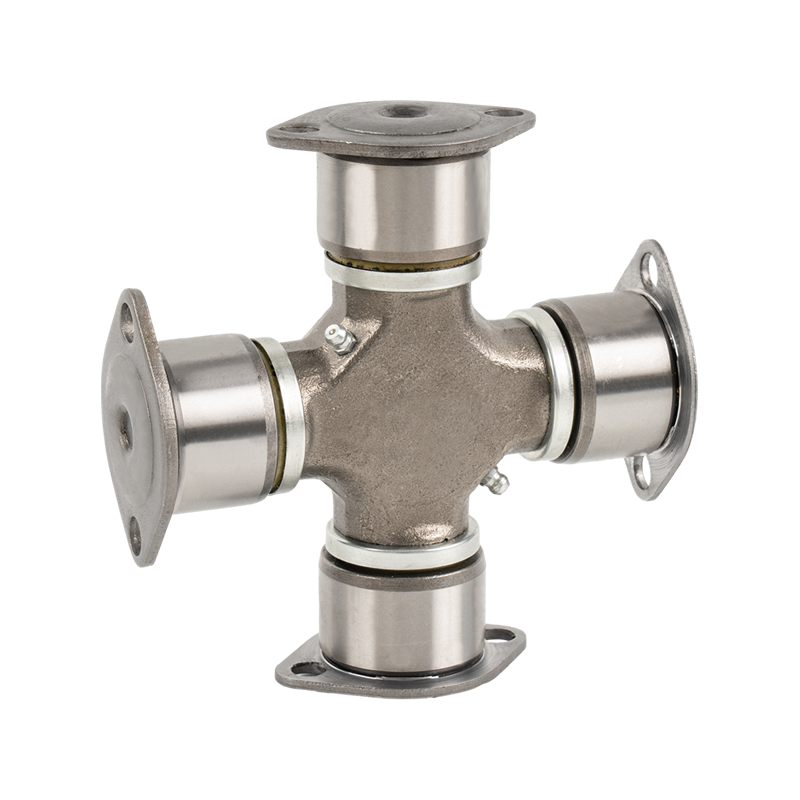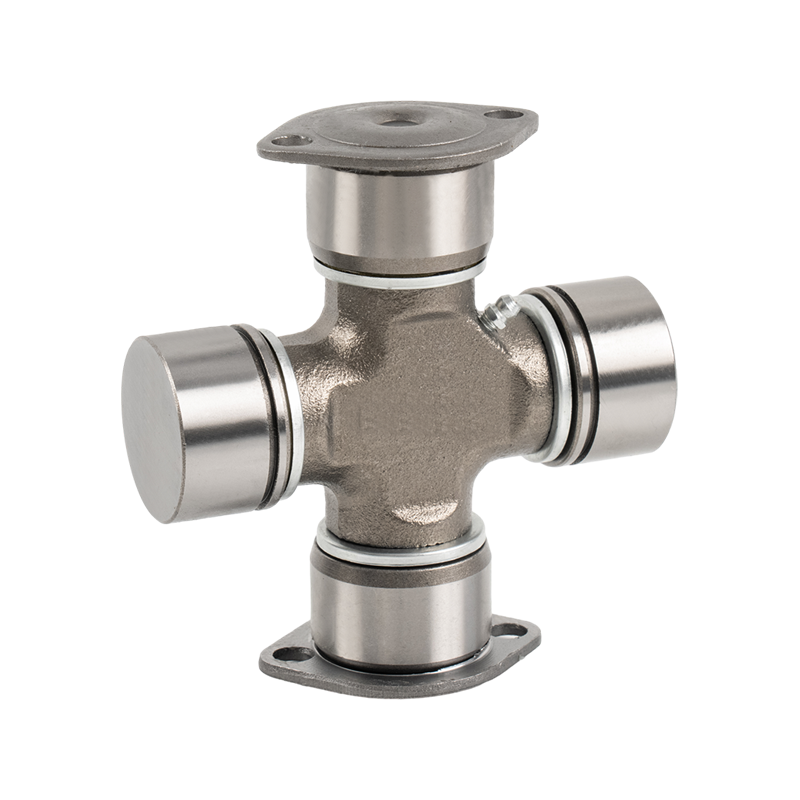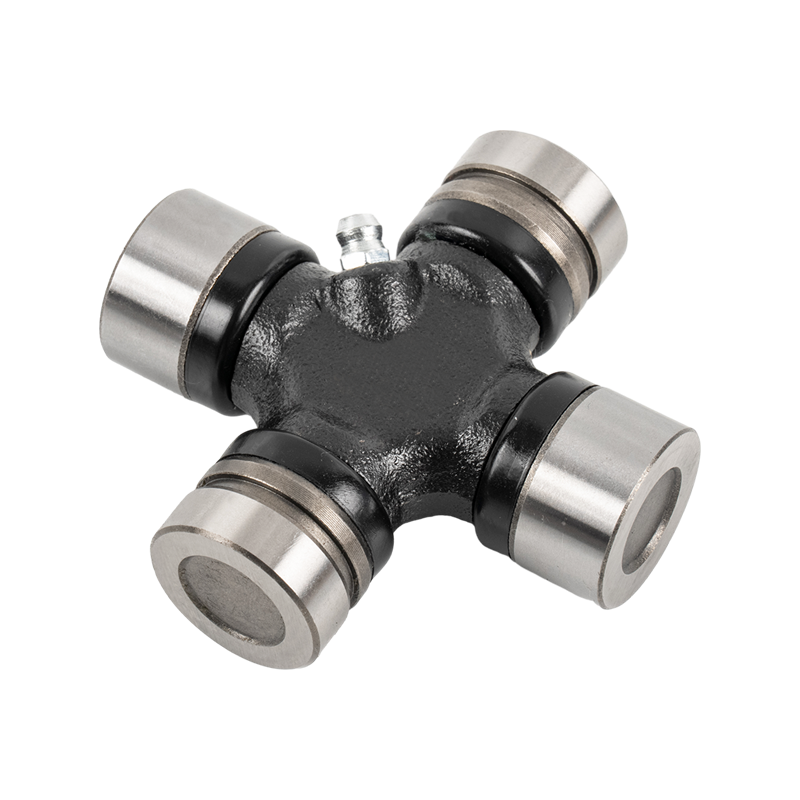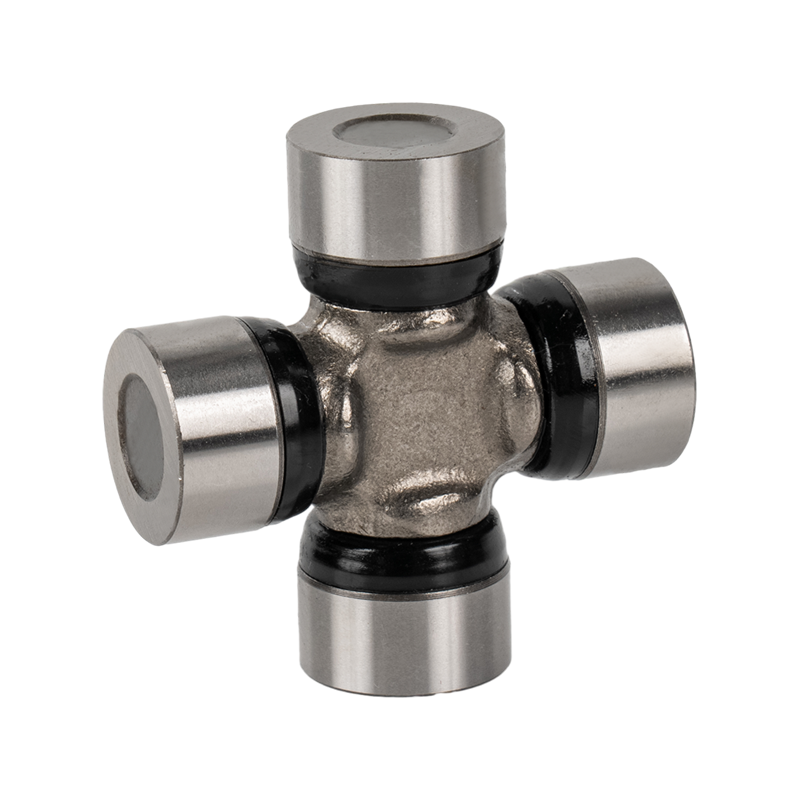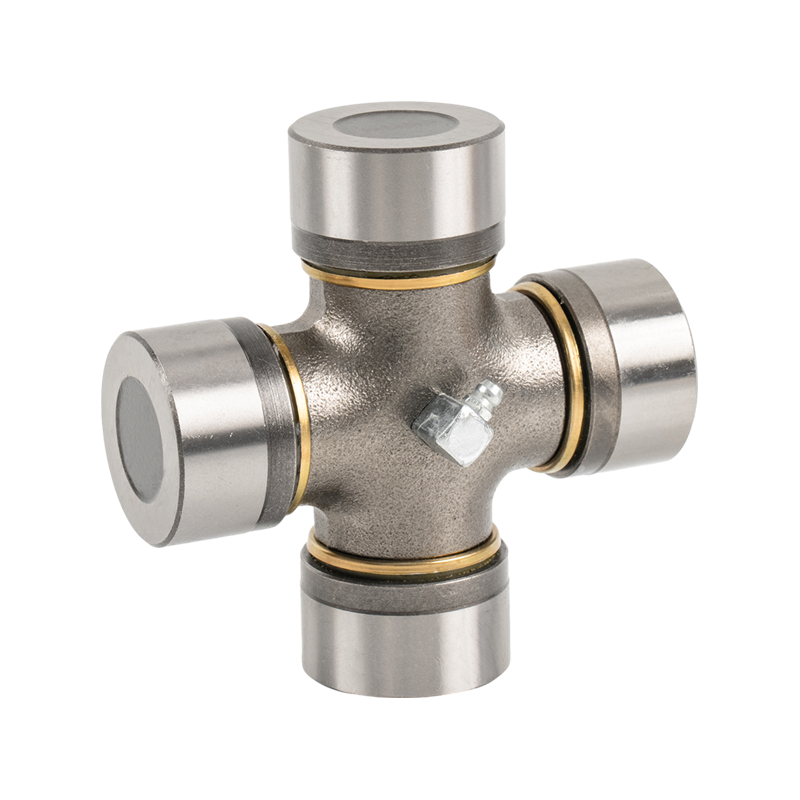How does the Steering Cross Joint overcome the angular deviation between the steering shaft and the drive shaft?
The Steering Cross Joint is a key component in the automotive steering system. Its main function is to effectively solve the angular deviation between the steering shaft and the drive shaft. In modern cars, the steering cross joint usually adopts a universal joint structure. This design allows the torque and rotational force to be transmitted during the steering process, while being able to tolerate the different angles and position deviations that may exist between the steering shaft and the drive shaft during installation.
This unique structure allows the steering cross joint to rotate freely in different axial directions, including vertical, horizontal and tilted directions, so as to adapt to the steering system layout of various vehicles. Whether it is a front-wheel drive, rear-wheel drive or four-wheel drive vehicle, the steering cross joint can effectively transmit power, maintain driving stability and control precision.
During operation, the steering cross joint allows a certain axial and lateral displacement between the steering shaft and the drive shaft through its internal ball or cross-shaped components. This design not only reduces the vibration and impact that may be caused by axis misalignment, but also improves the efficiency and stability of the transmission process. At the same time, the lubrication system inside the steering cross joint effectively reduces friction and extends its service life.



 English
English 中文简体
中文简体